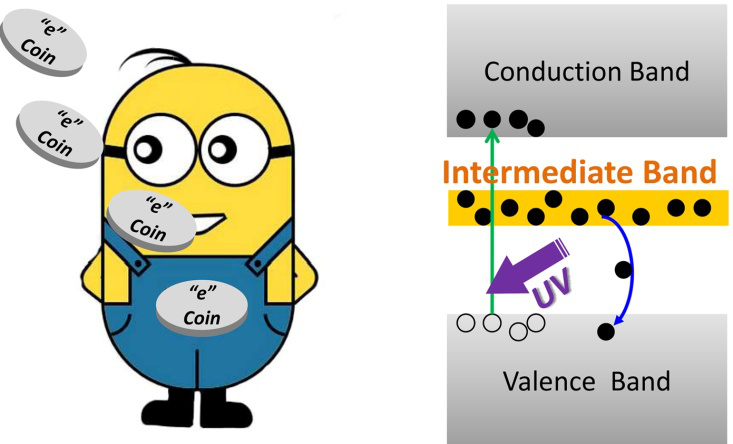Scientists of Institute of Solid State Physics (ISSP), Hefei Institutes of Physical Science, Chinese Academy of Sciences are developing UV photoconductors based on Bi-doped SnO2 films possessing both high photocurrent and low dark current. Their work was published in ACS Applied Materials & Interfaces.
The ultraviolet (UV) photodetector is very important in the application areas like UV astronomy, environment irradiation monitoring, optical communication, chemical or biological agent sensing. For example, most UV light can be absorbed by stratospheric ozone, which can protect human being from the irradiation damage. It is important to probe the UV light intensity variation for monitoring the ozone depletion.
Because of the strong absorption of gas molecular or scattering by aerosols in atmosphere, the detectable UV light intensity becomes even weak in ambient environment. It is significant to realize the detection of a dim UV light.
The lowest detectable UV signal of a photodetector is expressed by the detectivity, a figure of merit which is proportional to the responsivity and inverse proportion to dark current density of devices, respectively.
Therefore, the photoconductor devices have attracted great attention due to their low cost, facile construction process and high responsivity.
However, the main disadvantages of the photoconductor are its low detectivity, which is due to the positive correlation between photocurrent and dark current in photoconductors devices.
Different from the semiconductor with two bands, the Bi-doped SnO2 films is an intermediate band semiconductor which has third band located between the conduction and valence band.
The intermediate band is just like an intelligent "saving container", and the electrons are "coins". The electrons ("coins") are dropped into the intermediate band ("saving container"), resulting in the reduction of dark current; and those deposited electrons can release and contribute the photocurrent when UV light switching on.
"We found that the dark current can be reduced to 0.25 nA, and the photocurrent can reach to 2.8 μA under 1V bias illuminated by 275 nm UV light with power density of 0.05 μW", said Dr. PAN Shusheng, an associate research fellow of ISSP.
The summit detectivity of Bi-doped SnO2 photoconductors is 6.1×1015Jones, which is much higher than commercial Si-based UV photoconductor (~1012 Jones).
Furthermore, the intermediate band photodetectors have broad intensity response range of 195 dB, which can probe both weak (about 300 UV photons per second) and high intensity UV light.
The research team includes a group led by Professor LI Guanghai and Dr. PAN Shusheng from Institute of Solid State Physics, Hefei Institutes of Physical Science, CAS. The study is sponsored by National Natural Science Foundation of China (Grant No. 11374309), and the Foundation of Director of Institute of Solid State Physics, Chinese Academy of Sciences (2016DFY24).
Link to the paper: 1. Ultrahigh Detectivity and Wide Dynamic Range Ultraviolet Photodetectors Based on BixSn1-xO2Intermediate Band Semiconductor
2. Intermediate pinning states engineering in Bi-doped SnO2 for transparent semi-insulator applications

Intermediate band semiconductor can achieve high performance photodetector (Image by PAN Shusheng)
PAN Shusheng
Institute of Solid State Physics (http://english.issp.ac.cn/)
Tel: +86-551-65591465
Email: sspan@issp.ac.cn
 Tel: +86-551-65591206
Tel: +86-551-65591206
 Fax: +86-551-65591270
Fax: +86-551-65591270
 Emai: zhous@hfcas.ac.cn
Emai: zhous@hfcas.ac.cn
 350 Shushanhu Road
350 Shushanhu Road